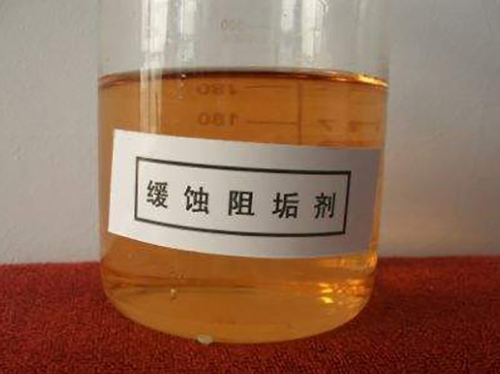Understanding the Safety and Handling Guidelines for Polyaluminum Chloride
Understanding Poly Aluminum Chloride Safety and Handling Guidelines
Poly aluminum chloride (PAC) is an inorganic compound widely used as a coagulating agent in water treatment processes. Its applications span across municipal and industrial sectors, including drinking water purification, wastewater treatment, and sludge dewatering. Given its extensive usage, understanding the safety and handling precautions of PAC is crucial for both workers and the environment.
Chemical Properties and Composition
Poly aluminum chloride is a polymeric form of aluminum chloride, characterized by its high efficacy in destabilizing colloidal particles in water. It typically appears as a yellowish or white powder or as a liquid. The chemical formula can vary depending on the molecular weight and the specific formulation, but it commonly contains aluminum, chlorine, and hydroxyl groups. PAC is favored for its ability to operate effectively over a wide pH range and its rapid coagulation properties.
Health Hazards and Exposure Risks
While PAC is generally regarded as safe when used properly, it poses certain health hazards that must be managed. According to the Material Safety Data Sheet (MSDS) for poly aluminum chloride, potential health effects can arise from inhalation, skin contact, or ingestion.
1. Inhalation Exposure to dust or mist can irritate the respiratory system. Symptoms may include coughing and shortness of breath. In severe cases, it can lead to respiratory distress.
2. Skin Contact Direct exposure to PAC can cause localized skin irritation, characterized by redness, itching, and discomfort. Long-term exposure may even result in dermatitis.
3. Eye Contact PAC can be particularly hazardous if it comes into contact with the eyes, leading to severe irritation, redness, and potential damage to the cornea. Immediate rinsing with water is crucial should this occur.
4. Ingestion While accidental ingestion of small quantities may not lead to significant health issues, it can cause gastrointestinal irritation and should be treated as a medical emergency.
polyaluminum chloride msds

Personal Protective Equipment (PPE)
To mitigate these risks, it is essential to adopt appropriate personal protective equipment. The MSDS recommends the following PPE when handling PAC
- Protective Gloves Chemical-resistant gloves should be worn to prevent skin contact. - Safety Goggles Eye protection is necessary to guard against splashes. - Respiratory Protection In situations where airborne concentrations may exceed recommended limits, respirators should be used. - Protective Clothing Long-sleeved clothing and dust masks are advisable to minimize skin exposure.
Storage and Handling
Proper storage and handling practices are vital to maintaining safety when working with PAC. It should be stored in a cool, dry place, away from incompatible substances such as strong bases and oxidizing agents. Containers should be tightly sealed to prevent moisture absorption, which can cause the material to degrade.
When handling PAC, it is important to avoid creating dust. Use mechanical ventilation systems or work in well-ventilated areas to reduce the risk of inhalation. Additionally, spills should be cleaned immediately using appropriate procedures, and waste disposal should follow local regulations to minimize environmental impact.
Emergency Procedures
In case of an emergency, the MSDS provides clear guidelines. For skin or eye contact, immediate washing with copious amounts of water is essential. If inhalation occurs, moving the affected individual to fresh air and seeking medical attention is advised. Should ingestion happen, do not induce vomiting; instead, seek medical help promptly.
Conclusion
Polyaluminum chloride is an essential material in water treatment, but understanding its potential hazards and implementing safety measures is critical. By adhering to the guidelines outlined in the MSDS, including using appropriate personal protective equipment and maintaining safe handling practices, workers can minimize health risks and ensure a safe working environment. With proper management, the benefits of PAC in various applications can be realized while safeguarding human health and the environment.
-
Pbtc Scale InhibitorPBTC: A Scale Protector for Industrial Water TreatmentNewsAug.05,2025
-
Organic Phosphonate: An Efficient Defender in the Field of Scale InhibitionNewsAug.05,2025
-
Hydrolyzed Polymaleic Anhydride: Green Pioneer in Scale Inhibition FieldNewsAug.05,2025
-
PAPEMP Polyamino Polyether Methylene Phosphonic Acid For SaleNewsAug.05,2025
-
Flocculant Water Treatment: A Pioneer in Purification in the Field of Water TreatmentNewsAug.05,2025
-
Benzyl Isothiazolinone: An Efficient and Broad-Spectrum Antibacterial Protective GuardNewsAug.05,2025





